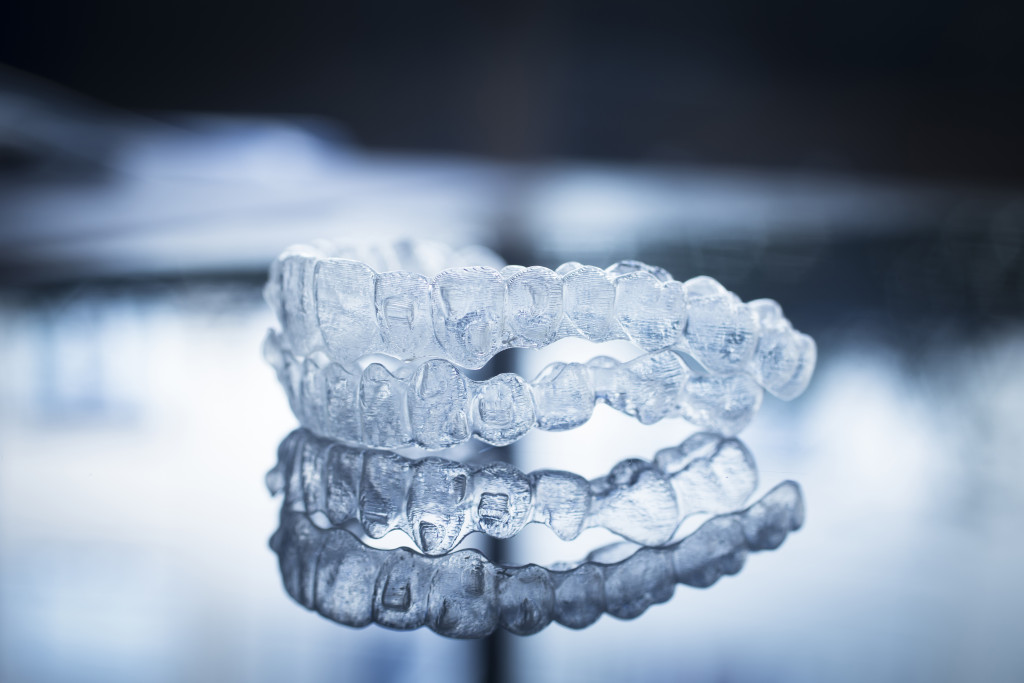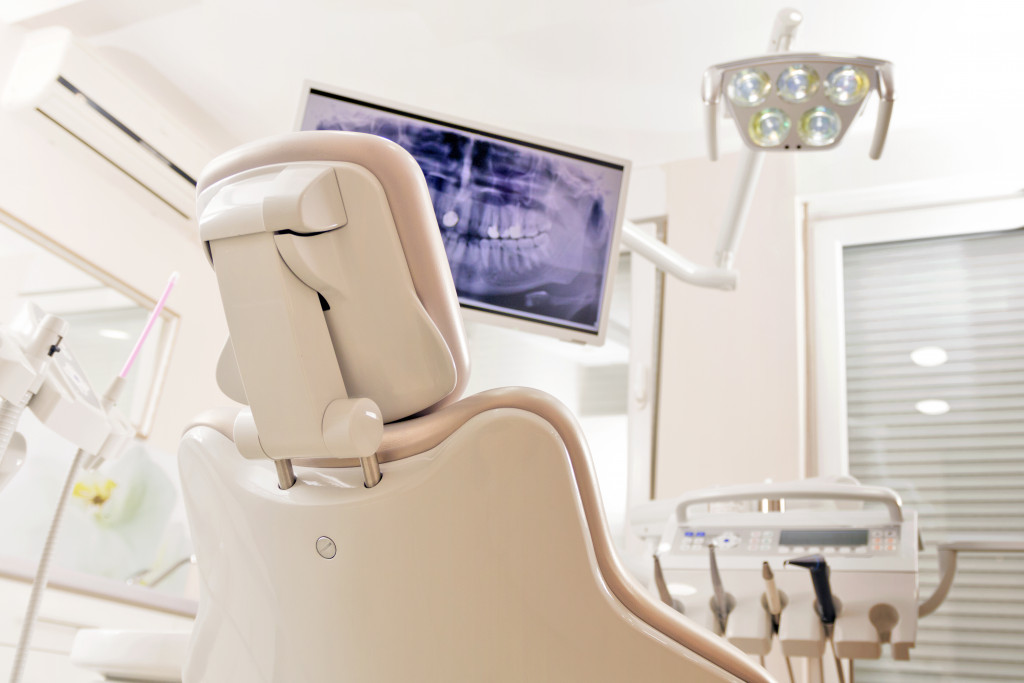Disclaimer: This website provides health information for educational purposes only and is not a substitute for professional medical advice, diagnosis, or treatment. Always seek the guidance of a qualified healthcare provider with any questions you may have.
Dentistry has come a long way in the past few years. Thanks to new technology, dental treatments that were once considered significant procedures are now being done with little or no pain and often in a single visit. This article will look at some of the latest advances in dental technology and how they are making dental treatments more accessible and more effective than ever before.
1. Laser treatments
One of the most exciting innovations in dental technology is laser treatment to perform various procedures. Lasers can be used to remove decay, reshape teeth, and even replace amalgam fillings with white composite ones. Because lasers act quickly and precisely, they tend to cause less discomfort than traditional dental tools, and in many cases, no anesthetic is required.
2. Digital X-rays
Another significant advancement in dental technology is digital radiography equipment evolving from traditional X-rays. This has several advantages, such as reduced exposure to radiation and far more accurate images, reducing the need for multiple X-rays, and providing your dentist with a complete picture of your oral health.
3. All On 4
All On 4 tooth implants are another recent innovation that has revolutionized dental care. This treatment involves the placement of four small titanium posts into your jaw, which is then used to anchor a bridge or dentures to create a complete set of new teeth in just one procedure.
This procedure is faster and less invasive compared to conventional implants, reducing recovery times and improving the overall success rate.
4. Invisalign
Invisalign treatment is a new way to straighten teeth using clear, removable aligners instead of metal braces. Because Invisalign is less visible than traditional braces, it has become a popular choice for adults and teens who want to improve their smiles without drawing attention to their dental treatments.
Invisalign is also more comfortable and easier to adjust than metal braces, making it an excellent choice for many people. Some dentists also believe that Invisalign can be more effective than traditional braces, though there is still some debate.

5. CEREC technology
CEREC, which stands for Chairside Economical Restoration of Esthetic Ceramics, is a new technology that allows dentists to create beautiful porcelain crowns, inlays, or onlays in just one visit. Using proprietary software and a special 3D camera, CEREC can make an accurate model of your teeth. This digital model is sent to a specialized in-office milling machine that produces your new restoration.
CEREC dramatically speeds up creating a dental crown, and it has been shown to provide more accurate results than traditional fabrication techniques. Dentists can also provide more aesthetic, tooth-colored crowns that blend in seamlessly with your other teeth using this technology.
6. Intraoral cameras
Intraoral cameras are small, handheld cameras that dentists can use to get a close-up view of your teeth and gums. These cameras are often used during cleanings and other routine dental procedures to give your dentist a better idea of the current state of your oral health. In some cases, dentists can also use intraoral cameras to help diagnose tooth decay or gum disease problems.
7. 3D printing
3D printing is a technology revolutionizing how dental care products are created. By using 3D printers, dental labs can create precise dental tools, implant components, and even full dentures in just a few hours. This has greatly reduced the need for traditional manufacturing techniques, often taking weeks or even months to produce the same products.
3D printing also gives dentists and patients greater control over the materials used to create dental care products. This can lead to better fitting and more comfortable dental restorations and a reduction in the overall cost of dental care.
8. Dental robots
Robotics is starting to play a role in dental care, with many different companies creating dental robots that dentists can use to perform a variety of tasks. These robots are often used to assist in dental surgeries, such as the placement of implants or the excision of tumors. Dental practitioners can also use them to perform routine tasks such as scaling and polishing, which can help to improve the overall efficiency of dental offices and reduce the time required for each procedure.
As dental technology continues to evolve, we will see many more innovations that revolutionize the way people approach dental care. From CEREC to 3D printing, these cutting-edge technologies improve dental treatments’ quality and help people achieve better overall oral health.
Whether you need routine cleanings or more complex dental procedures, ask your dentist about the latest advances in dental technology to see how they can benefit you.

